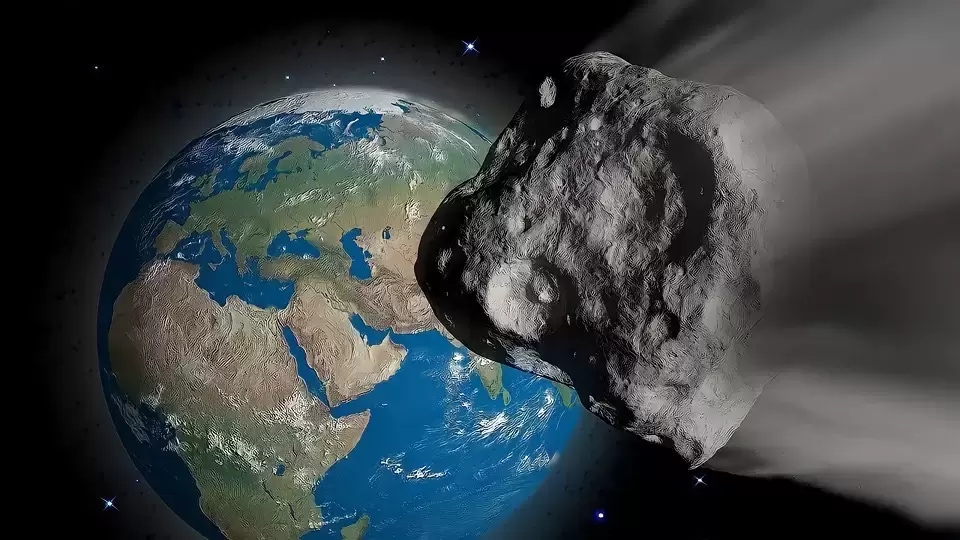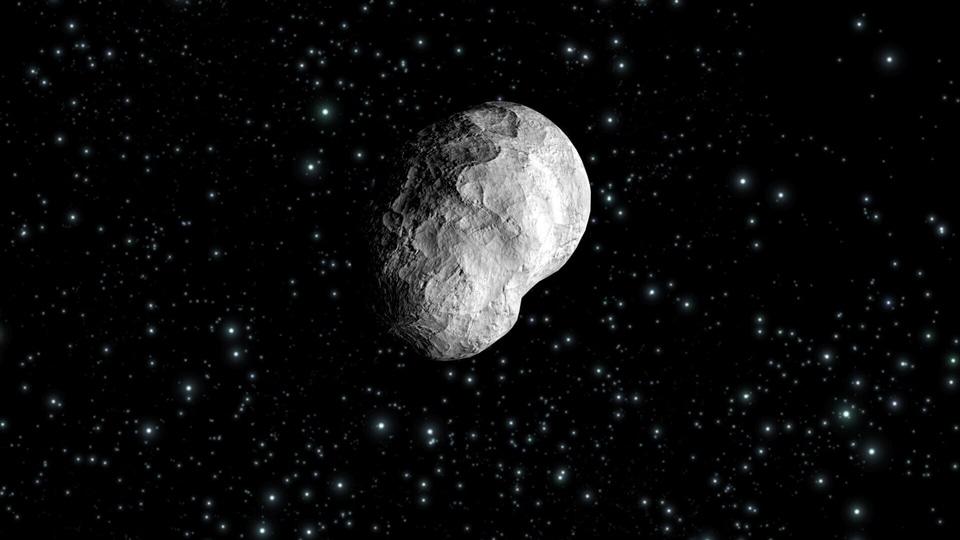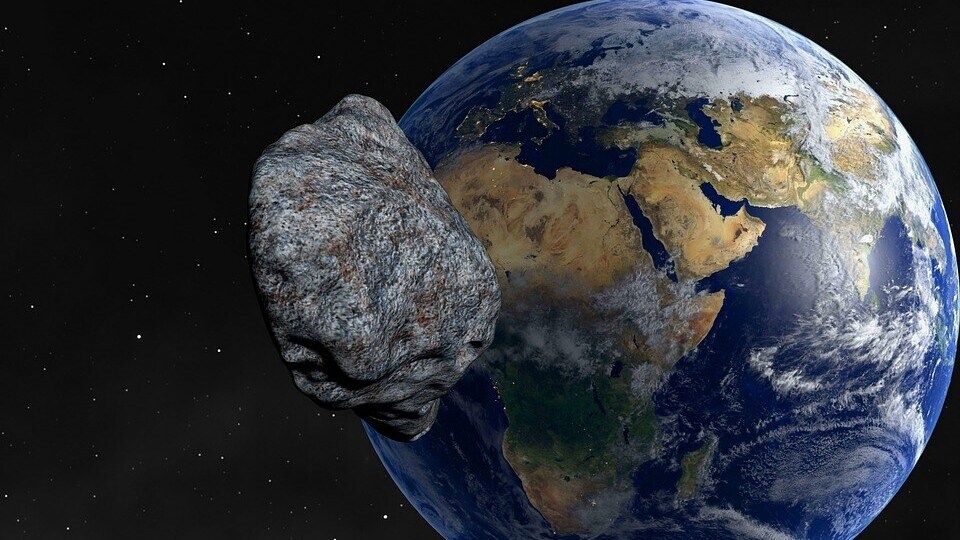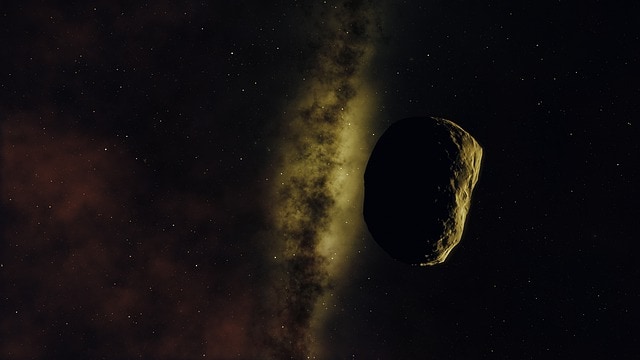NASA James Webb Space Telescope shows galaxies date back to 400 million years after the Big Bang
Image of the galaxies dating back to less than 400 million years after the Big Bang has been captured by NASA James Webb Space Telescope. Check details.






 View all Images
View all ImagesNASA's James Webb Space Telescope is playing its role in decoding and revealing the secrets of the universe. The Webb telescope has now captured the images of galaxies that formed less than 400 million years after the big bang. Informing about the same NASA Webb Telescope tweeted. "Preliminary Webb science shows galaxies confirmed by spectroscopy to date back to less than 400 million years after the big bang. Finding and confirming early galaxies is a continuous process, and Webb is just getting started."
"An international team of astronomers has used data from NASA's James Webb Space Telescope to report the discovery of the earliest galaxies confirmed to date. The light from these galaxies has taken more than 13.4 billion years to reach us, as these galaxies date back to less than 400 million years after the big bang, when the universe was only 2% of its current age," NASA informed.
In a series of tweets NASA Webb Telescope further informed that spectroscopy is needed to confirm how far away a galaxy is, as closer galaxies can 'masquerade' as distant ones. "Spectroscopy refers to breaking light into its components to create spectra, or “barcodes.” On a "barcode," elements and molecules have distinct signatures we can read," it said.
Because the universe is expanding, the light from distant galaxies is stretched — or redshifted — into longer, infrared wavelengths. We can figure out galaxies' distances by measuring how much the signatures of elements in their spectra have shifted due to this effect. To search for the earliest galaxies, scientists looked for a distinct feature in spectra that required Webb's unprecedented infrared sensitivity to observe, the space research organisation informed.
Earlier data from Webb had provided candidates for such infant galaxies. Now, these targets have been confirmed by obtaining spectroscopic observations, revealing characteristic and distinctive patterns in the fingerprints of light coming from these incredibly faint galaxies.
“For the first time, we have discovered galaxies only 350 million years after the big bang, and we can be absolutely confident of their fantastic distances,” shared co-author Brant Robertson from the University of California Santa Cruz, a member of the NIRCam science team. “To find these early galaxies in such stunningly beautiful images is a special experience.”
The team collected the light from 250 faint galaxies, allowing astronomers to study the patterns imprinted on the spectrum by the atoms in each galaxy. This yielded a precise measurement of each galaxy's redshift and revealed the properties of the gas and stars in these galaxies.
"Four of the galaxies studied are particularly special, as they were revealed to be at an unprecedentedly early epoch. The results provided spectroscopic confirmation that these four galaxies lie at redshifts above 10, including two at redshift 13. This corresponds to a time when the universe was approximately 330 million years old, setting a new frontier in the search for far-flung galaxies. These galaxies are extremely faint because of their great distance from us. Astronomers can now explore their properties, thanks to Webb's exquisite sensitivity," NASA said.
Catch all the Latest Tech News, Mobile News, Laptop News, Gaming news, Wearables News , How To News, also keep up with us on Whatsapp channel,Twitter, Facebook, Google News, and Instagram. For our latest videos, subscribe to our YouTube channel.





























